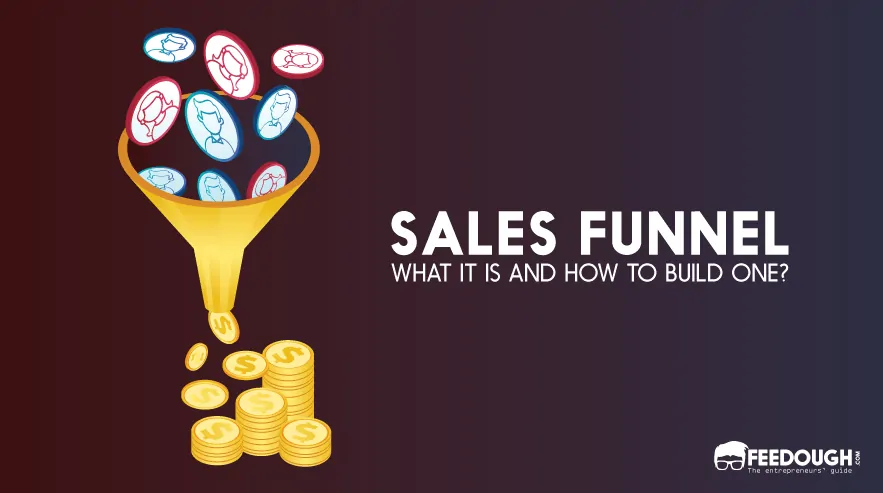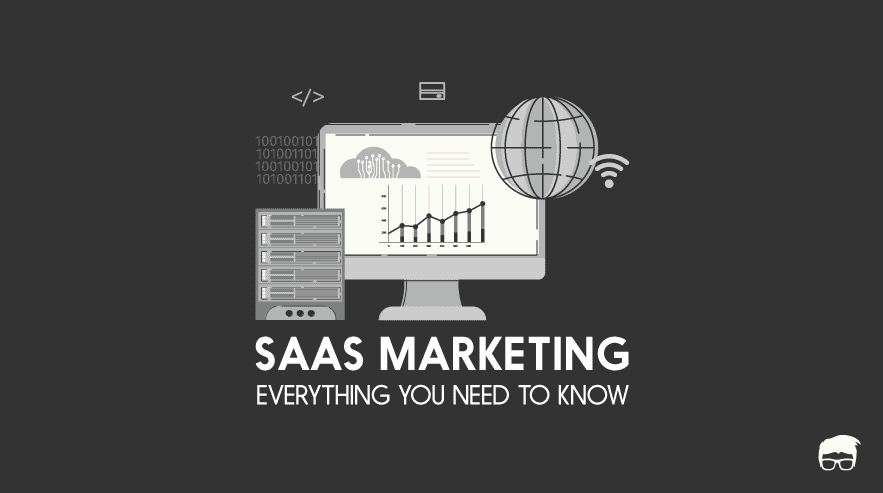SaaS isn’t your usual daily-needs product that your customers can go and buy any time they want. It’s a long-term commitment your customer carefully considers in this oversaturated market.
And there’s a journey they need to go through before making that commitment. Let’s say person A needs a new CRM for their business. They do some research by typing in “best CRM for small businesses” on Google. They get aware of the top 10 results, read a few reviews, and maybe check out a comparison website that ranks the best CRMs for small businesses.
As they go through this initial stage of research, they start forming an opinion about which CRM might be right for them based on their unique business needs. This is where a SaaS sales funnel comes into play.
What is a SaaS Sales Funnel?
A SaaS sales funnel refers to the sequence of steps that a potential customer goes through, from becoming aware of a SaaS product to eventually making the purchase.
It’s the marketers’ side of the story – how they attract, engage and convert potential customers into paying subscribers.
The goal is to guide the customer through each stage of the funnel until they become a loyal, long-term subscriber.
But before we dive into the details of building a SaaS sales funnel, let’s discuss why it’s essential for your business.
Importance Of A SaaS Funnel
Customers don’t end up on your product page by chance. They go through a process of research, evaluation, and comparison before making a purchase decision.
A SaaS sales funnel helps you understand –
- What route your potential customers are taking to reach your product page.
- Where and why they might be dropping off in the process.
- How you can effectively guide them through each stage of the funnel to increase conversions.
In simpler terms, a SaaS sales funnel allows you to map out the customer journey and identify areas for improvement in your marketing strategy. It helps you optimise your efforts by focusing on the right channels, messaging, and strategies that resonate with identifying barriers or pain points that may be hindering them from converting into paying subscribers.
Stages of a SaaS Sales Funnel
SaaS marketing funnel, just like any other sales funnel, consists of four main phases –
- Awareness – where the potential customer becomes aware of your product or service.
- Engagement – where they show interest and engage with your brand.
- Exploration – where they evaluate your product or service and compare it with other options.
- Conversion – where they make the final decision to purchase and become a paying subscriber.
It’s similar to the usual AIDA (Attention, Interest, Desire, Action) model but with a focus on the unique customer journey of subscription-based products. However, for SaaS products specifically, there is an additional post-purchase stage – Retention. This stage focuses on keeping your customers satisfied and engaged to prevent churn and ensure long-term revenue.
Let’s elaborate on each stage in detail.
Awareness
The awareness stage is where the potential customer start looking for a solution to their problem or need, and while doing so, they come across your product.
They may come across your product through various channels, such as:
- Social media: A particular tweet or post from your company or influencer mentioning your product that may catch their attention.
- Blogs or forums: Your product may be mentioned in a blog post or forum discussion related to the problem it solves.
- Search engine result pages (SERPs): They could search specifically for the type of product you offer, and your website appears on the first page.
- Influencers or affiliates: An opinion leader or affiliate who is associated with your product may mention it in their content.
- Ads: Google, Meta, or any such platform may understand their interests and direct them to your ads.
- Word of mouth: When they ask around for a solution, someone may recommend your product.
In this stage, the goal is to create brand awareness and attract potential customers’ attention towards your product. To do so, you need to have a holistic marketing strategy that includes:
- Content marketing: Creating valuable and informative content such as blogs, ebooks, videos, or infographics related to your product or target audience’s pain points. Also, focus on strategies like SaaS SEO, link building, and guest blogging to improve your website’s search engine ranking.
- Partnerships with opinion leaders: This is where influencers and affiliates come into play. Make them sell your product by leveraging their credibility and trust among their followers. In return, you can offer them affiliate commissions or sponsor their content.
- Social media marketing: Build a strong presence on social media platforms where your target audience spends most of their time. Focus on both organic and paid marketing strategies to reach a wider audience. Strategies like trend spotting, live streaming, social listening, and user-generated content can be effective for organic reach. On the other hand, for paid marketing, you can use platforms like Meta or LinkedIn Ads to target specific demographics. Remember that SaaS products are different from usual lifestyle products. People want to see utility, not a lifestyle.
- Events and webinars: Sponsoring an event that your target audience is likely to attend or even hosting one can be a great way to generate leads and increase brand awareness. Such seminars, webinars, or workshops can be powerful tools to educate your potential customers about the benefits of your product. Also, it provides an opportunity for you to interact with them directly and build a rapport.
Engagement
The users move to the engagement stage when they stumble upon your website or intended platform more than once and actively engage with your content, aligning with your marketing objectives.
Here’s an example: Suppose a user who is looking for a CRM solution landed on your blog post while searching for “the best CRM software for small businesses.” If the user finds the content informative and relevant, there’s a high chance they’ll remember your brand name. The next time they come across your brand, maybe through an ad or a social media post, they are more likely to engage with it. This engagement can be in the form of subscribing to your newsletter, following you on social media, or downloading an ebook. All of these are valuable actions that can lead to future conversions.
Your main focus at this stage is to keep your audience engaged and interested in your product while maintaining credibility in the industry. Here are some tips to help you with that:
- Email marketing: Email marketing is a powerful tool to keep your audience engaged and informed about your product updates, offers, or any valuable content you create. Instead of a cold update-oriented email, make it personal, convert it into a periodic newsletter, and include relevant content to keep your subscribers interested.
- Social media: Social media is an important aspect of any marketing funnel, especially for SaaS. It’s a great way to interact with your audience, provide customer support, and build brand awareness. Use social media platforms like LinkedIn or Twitter to share industry-relevant content, engage in discussions, and showcase your product features.
- Webinars: Webinars are a great way to showcase your product while providing valuable information to your audience. Choose a relevant topic that aligns with your product and invite industry experts as guest speakers. This will not only attract potential customers but also establish you as an authority in the industry.
Besides these, ensure you make good use of these strategies throughout –
- Social validation and testimonials: Showcasing customer testimonials and reviews on your website or social media platforms can help build trust in potential customers. Share success stories of how your product has helped other businesses, and don’t be afraid to ask for reviews from satisfied customers.
- Concise and informative copy: Keep the content on your website, landing pages, and email campaigns concise and informative. When it comes to SaaS, people want to know what the product does and how it can benefit them in a clear and concise manner. Avoid using technical jargon or too much industry-specific language.
- A/B testing: Regularly test different elements of your engagement strategies, such as email subject lines or call-to-action buttons. This will help you understand what works best for your audience and optimise your funnel accordingly.
Some tools that can help you in this phase include –
- Heatmaps: These help you visualise user behaviour on your website, giving insights into which areas need improvement. For example, you can track what section of your landing page customers spend the most time on and optimise it for better conversion rates.
- Marketing automation: Tools like Zapier, Pabbly, or Make can help automate repetitive tasks, making your marketing efforts more efficient. For example, you can set up automated emails to welcome new users, send out reminder emails for abandoned carts, or even schedule social media posts.
Exploration
Once your prospective customer considers your brand as a credible resource, this is when you strike with a more in-depth look into the product. The goal here is to provide enough information about your product so that the potential customer can make an informed decision.
You move to this stage subtly by offering –
- Free trials: It refers to a limited-period offer for the customer to try out your product without any monetary commitment. This allows them to familiarise themselves with your product and assess its value before making a purchase.
- Live demos: Live demos refer to virtual sessions where your team walks the customer through various features and use cases of your product. This helps them visualise how your product can solve their pain points and answer any specific questions they may have.
- Personalised recommendations: By this stage, you should have enough data on your potential customers to offer personalised product recommendations. This not only makes them feel valued but also reduces the friction of decision-making by providing tailored solutions.
From a customer’s perspective, the exploration stage is when he’s exploring all the options available in the market and comparing them. As a SaaS marketer, you try to stand out so that your customer thinks of your brand as a credible source to ask questions regarding their purchase-related concerns.
The end goal of this stage is to get your potential customer closer to the purchase decision by highlighting your product’s unique selling points (USPs) and benefits.
A few strategies that can help you achieve this are –
- Case studies: Case studies are a great way to showcase how your product has helped similar businesses or individuals. This builds trust and credibility, making the customer more likely to choose your product.
- Social proof: Displaying positive reviews and testimonials from satisfied customers can also sway potential customers towards your product. It provides social proof that your product is effective and reliable.
- Limited-time offers: Creating a sense of urgency through limited-time offers can encourage potential customers to make a decision quickly. This can be in the form of discounts, free trials, or bonus features for early adopters.
- Webinars and demos: Similar to virtual sessions, webinars and demos allow you to actively showcase your product and interact with potential customers directly. This gives them a better understanding of your product and its features, making them more likely to make a purchase.
Also, ensure you’re addressing commonly asked questions and doubts with content-oriented marketing.
This includes creating informative blog posts, video tutorials, and FAQs that provide valuable information to potential customers. Other pages like pricing plans, product comparisons, and feature lists should also be easily accessible to help potential customers make informed decisions.
Conversion
The conversion stage is where the actual purchase happens. This is the final step in the SaaS sales funnel and involves convincing potential customers to commit and buy your product.
To successfully convert leads into paying customers, you need to simplify the purchasing process as much as possible. This can include offering multiple payment options, a streamlined checkout process, and clear pricing information.
Other strategies that can help improve conversion rates and profits include:
- Upselling and cross-selling: Once a customer has made a purchase, upselling involves encouraging them to upgrade to a higher-priced version of your product or add on additional features for an extra cost. Cross-selling, on the other hand, involves offering complementary products or services that can enhance the customer’s overall experience.
- Money-back guarantees: Offering a money-back guarantee can help alleviate potential customers’ fears about purchasing your product. Knowing they can get their money back if they are not satisfied can make them more likely to take the plunge and buy your product.
- Limited-time offers: Creating a sense of urgency with limited-time offers, such as discounts or bonuses for purchasing within a certain timeframe, can encourage potential customers to make a quicker decision and convert.
Retention
The final stage of the SaaS sales funnel is retention, which involves keeping your customers engaged and satisfied in order to encourage them to continue using your product and potentially become brand advocates.
Unlike one-time transactions, SaaS companies aim to have long-term customers who continue to use and pay for their product. This means focusing on customer success and providing ongoing support and updates to keep them happy.
Some strategies for improving retention rates include:
- Regular communication: Staying in touch with your customers through email newsletters, social media, or other channels can help keep them engaged and remind them of your product’s value.
- Customer support: Providing timely and helpful customer support can make a huge difference in retaining customers. This includes offering different channels for support, such as live chat or email, and responding to any issues or concerns promptly.
- Product updates: Continuously improving and updating your product based on customer feedback shows that you are dedicated to providing the best experience for your customers and can help keep them satisfied.
- Rewards or loyalty programs: Offering rewards or incentives for loyal customers, such as discounts on future purchases or access to exclusive content, can further incentivise them to continue using your product.
Besides these strategies, it’s important to regularly analyse and track your retention rates to identify any areas for improvement and make necessary adjustments. By focusing on retention, you can not only keep your existing customers happy but also potentially attract new customers through word-of-mouth recommendations from satisfied users.
Building A Perfect SaaS Sales Funnel
Once you understand the different stages of a SaaS sales funnel and the importance of each stage, it’s time to start building your own. Here are some key steps to follow:
- Define Your Target Audience: Before you can create an effective sales funnel, you need to have a clear understanding of who your target audience is. This involves researching their demographics, pain points, and behaviours.
- Create Awareness: The first stage of a SaaS sales funnel is creating awareness about your product or service. This can be done through various marketing tactics, such as social media ads, content marketing, and influencer partnerships.
- Generate interest and create engagement: Make the customers stumble upon your brand more than once. When they notice you more than once, it’s easier for them to remember your brand and enter the funnel seamlessly.
- Ensure easy comparison that’s in your favour: Your potential customer will compare your service with other options in the market. Make sure you capitalise on this using strategies and platforms they are likely to use for comparison.
- Ensure they get the gist of your service or product: You can’t expect them to take the necessary steps if they don’t even understand what you offer. Make sure your message is clear and concise.
- Encourage action, but keep it simple: Once your potential customer is aware of your product and clearly understand its value, it’s time to encourage them to take action. This could be signing up for a free trial or subscribing to your service.
Elements That Make Up A Successful SaaS Sales Funnel
While understanding the key touchpoints form the basis of creating a successful SaaS sales funnel, there are certain elements that you should keep in mind to ensure its effectiveness. These include:
- Awareness channels: The channels you use to create awareness and reach your potential customers play a crucial role in the success of your funnel. Ensure you only focus on channels they regularly use, such as search engines, social media or industry-specific websites.
- Lead Magnets: These are incentives offered to potential customers in exchange for their contact information. This could be a free trial, ebook, or whitepaper showcasing your product’s value.
- Landing Pages: These are specific pages designed to capture leads and encourage them to take action. It’s important to keep your landing pages simple, clear, and focused on the value proposition of your product.
- Email Marketing: This is a crucial element in nurturing leads through the funnel. Make sure your emails are personalised, and relevant, and provide value to your potential customers.
- User Onboarding: Once a customer has signed up or subscribed, it’s important to provide a smooth onboarding experience. This includes helpful tutorials, walkthroughs, and support to guide them through your product.
- Upsells and Cross-sells: As customers continue to use your product, you can offer additional features or related products that add value. This can increase revenue and customer satisfaction.
- Retention Strategies: Keeping your customers happy and engaged is key to the success of your sales funnel. This can include regular communication, rewards or loyalty programs, and excellent customer support.
Bottom-Line?
Keep the customer journey as simple and intuitive as possible. These steps are just a general guide, but ultimately you’ll need to tailor your funnel to fit your specific product or service. Continuously track and analyse the data from each stage of your funnel to identify areas for improvement and optimise your conversion rates.
Remember, building a successful SaaS sales funnel takes time and effort but can ultimately lead to long-term success for your business. Keep learning, keep testing new strategies, and always prioritise the needs and wants of your customers.
A startup consultant, digital marketer, traveller, and philomath. Aashish has worked with over 20 startups and successfully helped them ideate, raise money, and succeed. When not working, he can be found hiking, camping, and stargazing.
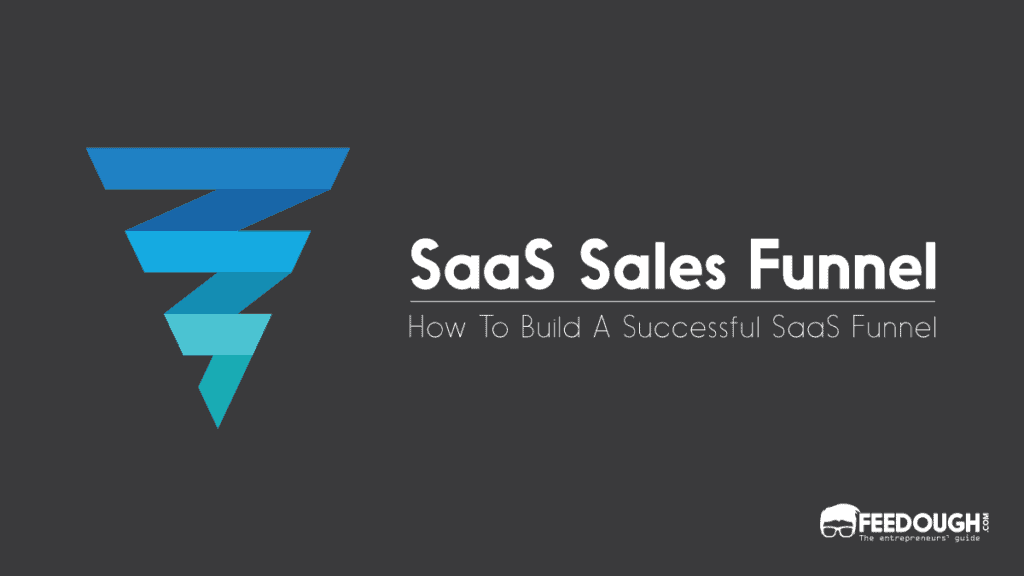
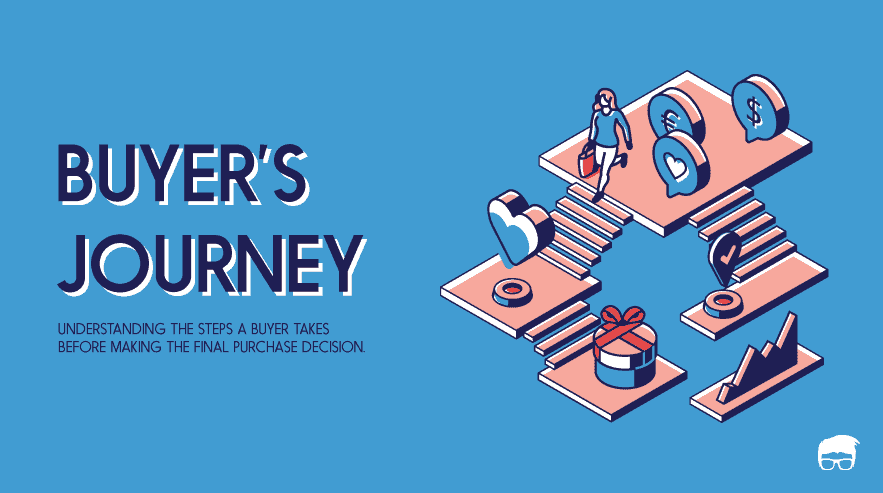
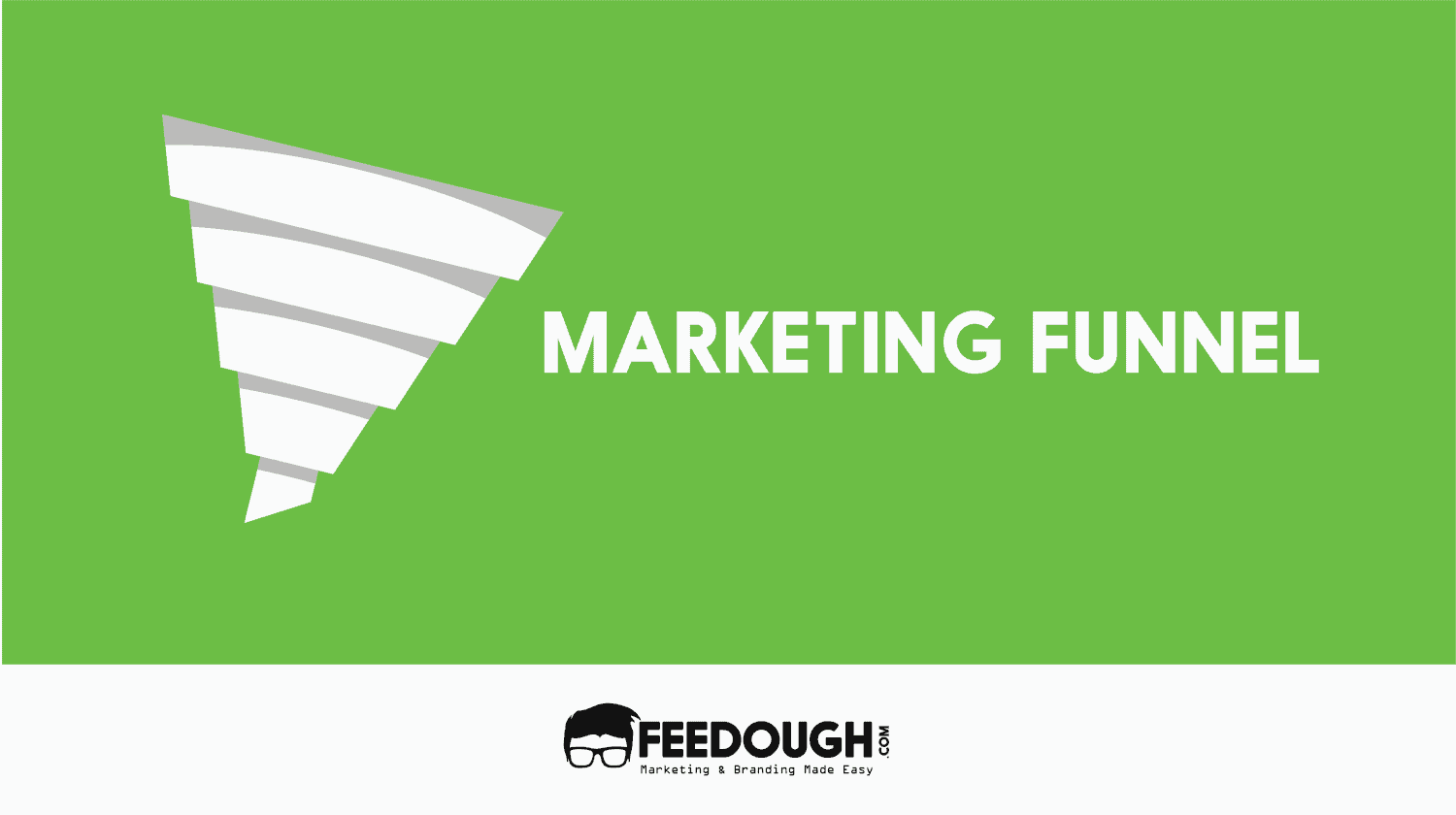
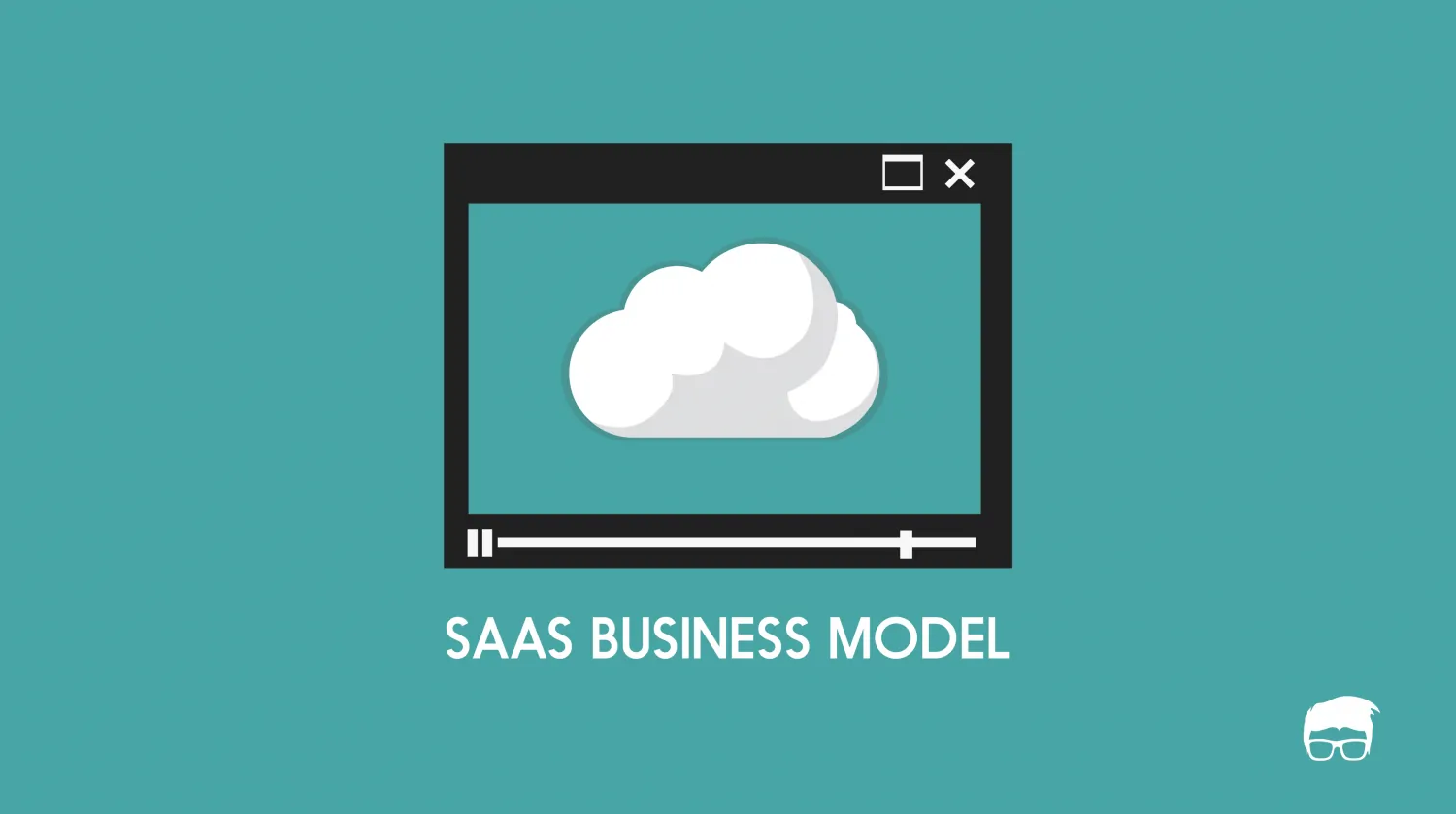
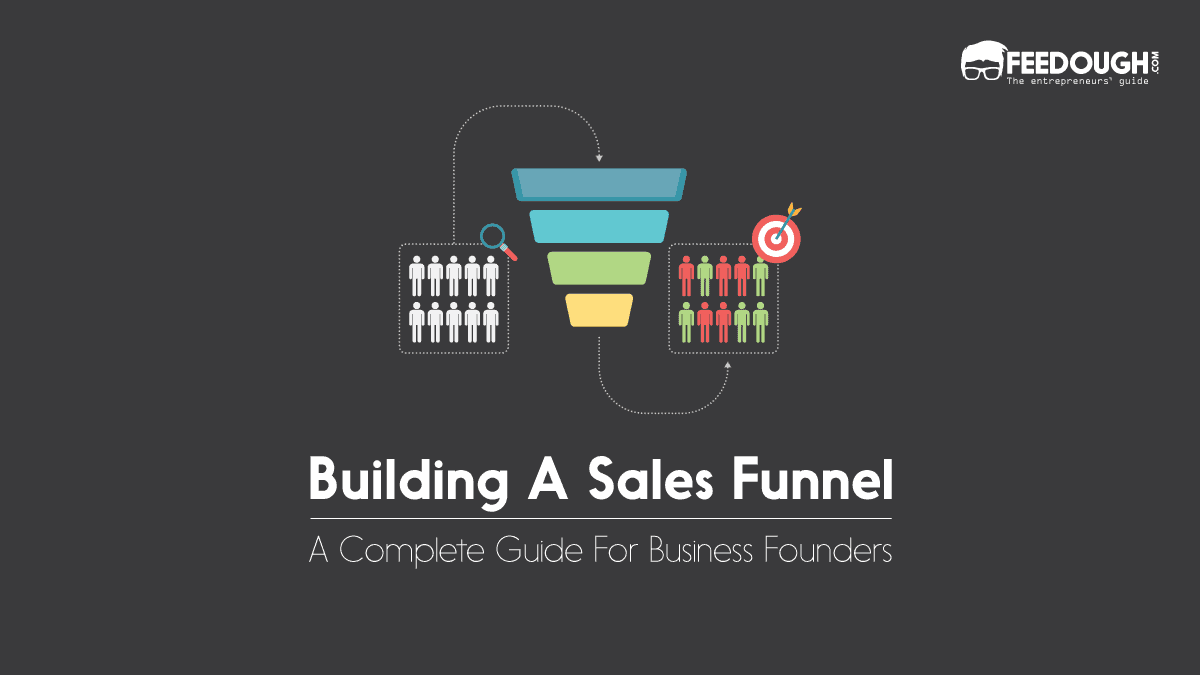
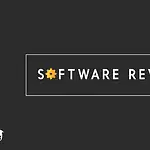
![Developing A Software Marketing Strategy [Detailed Guide] software marketing](https://www.feedough.com/wp-content/uploads/2022/10/software-marketing.webp)
